Imagine starting a conversation with, “Is it hot in here, or is it just me?” That’s pretty much how these seven dog breeds feel all summer long!
Living in a warm climate is tough for any thick-coated dog. Picture a Husky in sunny California or a Samoyed in the heat of Texas—it’s a tough life! Despite their stunning looks and our love for them, some breeds are just not made for hot weather. They can’t just chill out and ignore the scorching heat like it’s nothing.
While I’m not suggesting all Husky lovers should pack up and move to Alaska, maybe considering a cooler habitat could be a smart move. Don’t worry, no one’s actually relocating based on this advice!
But seriously, if you live in a warmer area, these double-coated dogs might just decide to run away to a cooler climate on their own.
The Siberian Husky, Obviously!
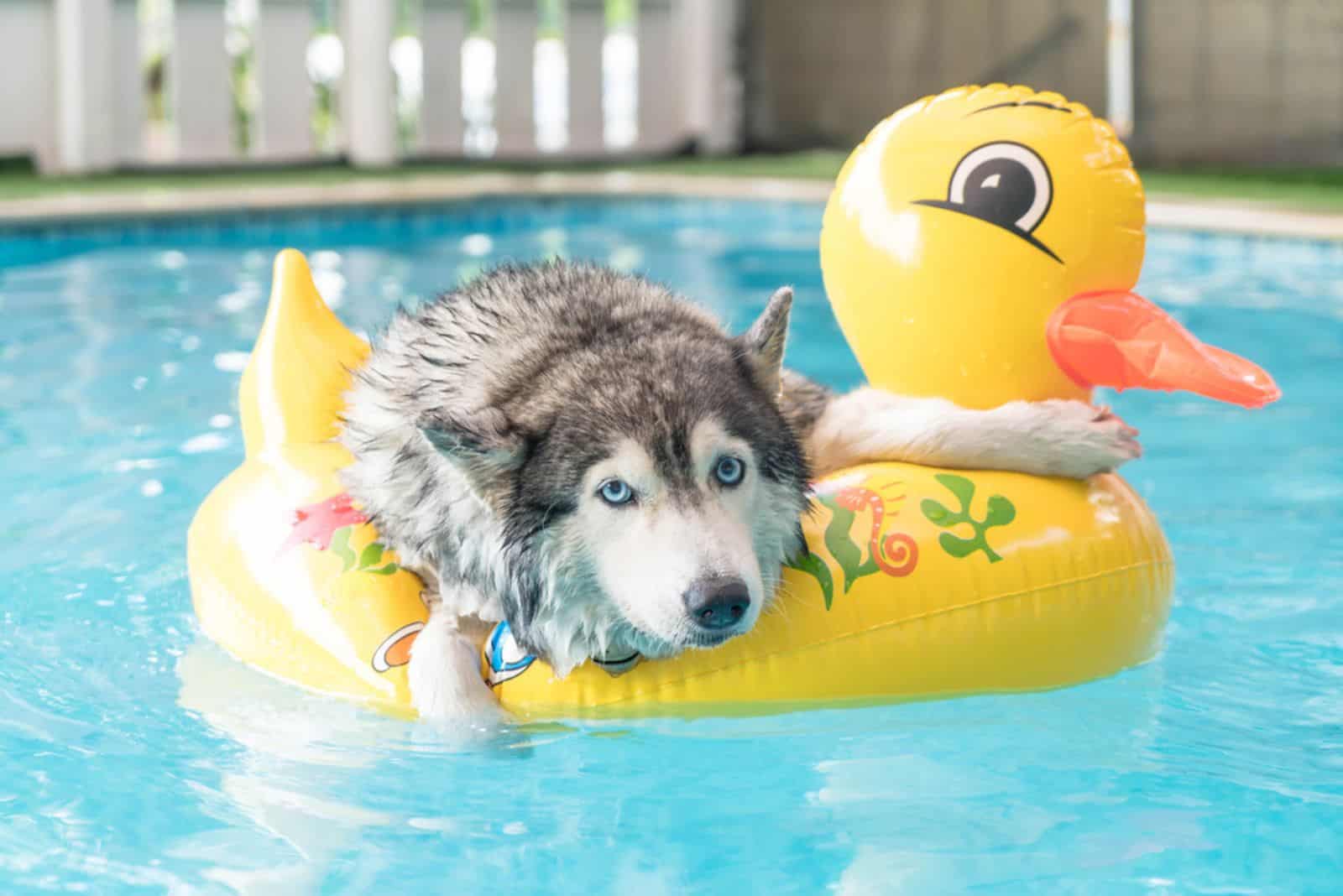

Siberian Huskies originate from the icy cold regions of Siberia—a place not exactly known for its sunny weather. These dogs have a double layer of fur: a dense undercoat to keep them warm, and a coarser outer coat that sheds water. Huskies are incredibly active and just aren’t built for the heat. There’s a high risk they could suffer from overheating and potentially fatal heat strokes.
If you’re in a state with mild summers and cold winters, Huskies might thrive. Otherwise, the southern states might not be the best home for these fluffy friends.
His Royal Fluffiness, The Samoyed
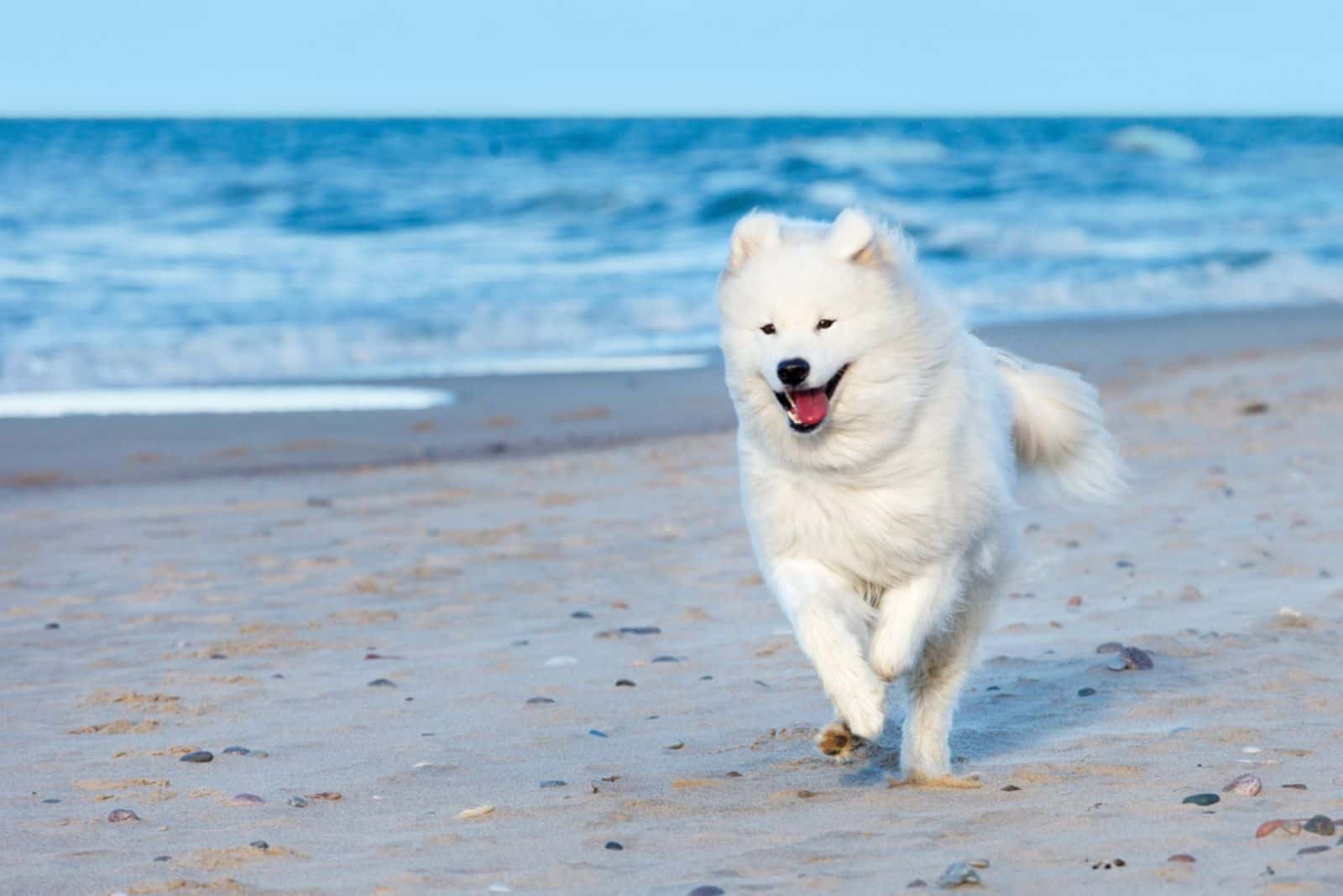

Like the Huskies, Samoyeds are not fans of the summer heat either. Originating from the same frosty lands of Siberia, these dogs are meant to blend in with the snow—not the beach. Their wooly undercoat and coarse top coat are perfect for cold climates but make cooling off in summer quite a challenge. Even a simple dip in the pool can become an ordeal as their thick coats don’t dry easily and require extensive grooming during the hot months.
Though better at handling summer than Huskies, Samoyeds still need protection from intense sun and heat.
Another Thick-Coated Pup, The Chow Chow
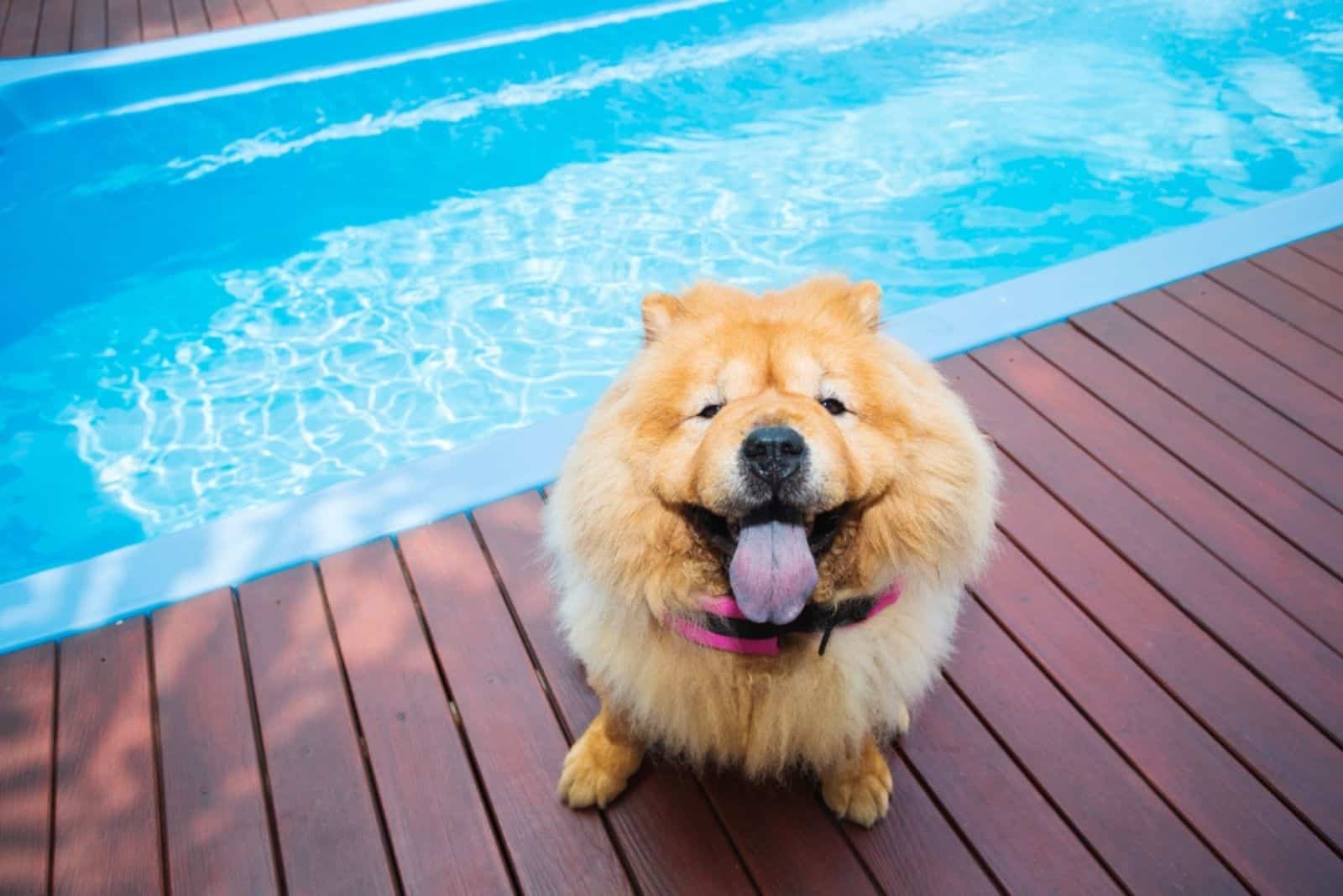

Chow Chows, believed to be one of the oldest dog breeds, have incredibly thick and fluffy coats that make them look like they’re always wearing a winter jacket—even when it’s 100°F outside! These dogs are thought to have originated from the Arctic regions of Asia, migrating to places like Mongolia and China. Their dense fur acts like an insulator, which is great for cold weather but can be a serious risk during hot spells.
If you live somewhere warm and own a Chow Chow, keep them cool and well-groomed, and avoid the midday heat.
Surprise, Surprise, The English Bulldog
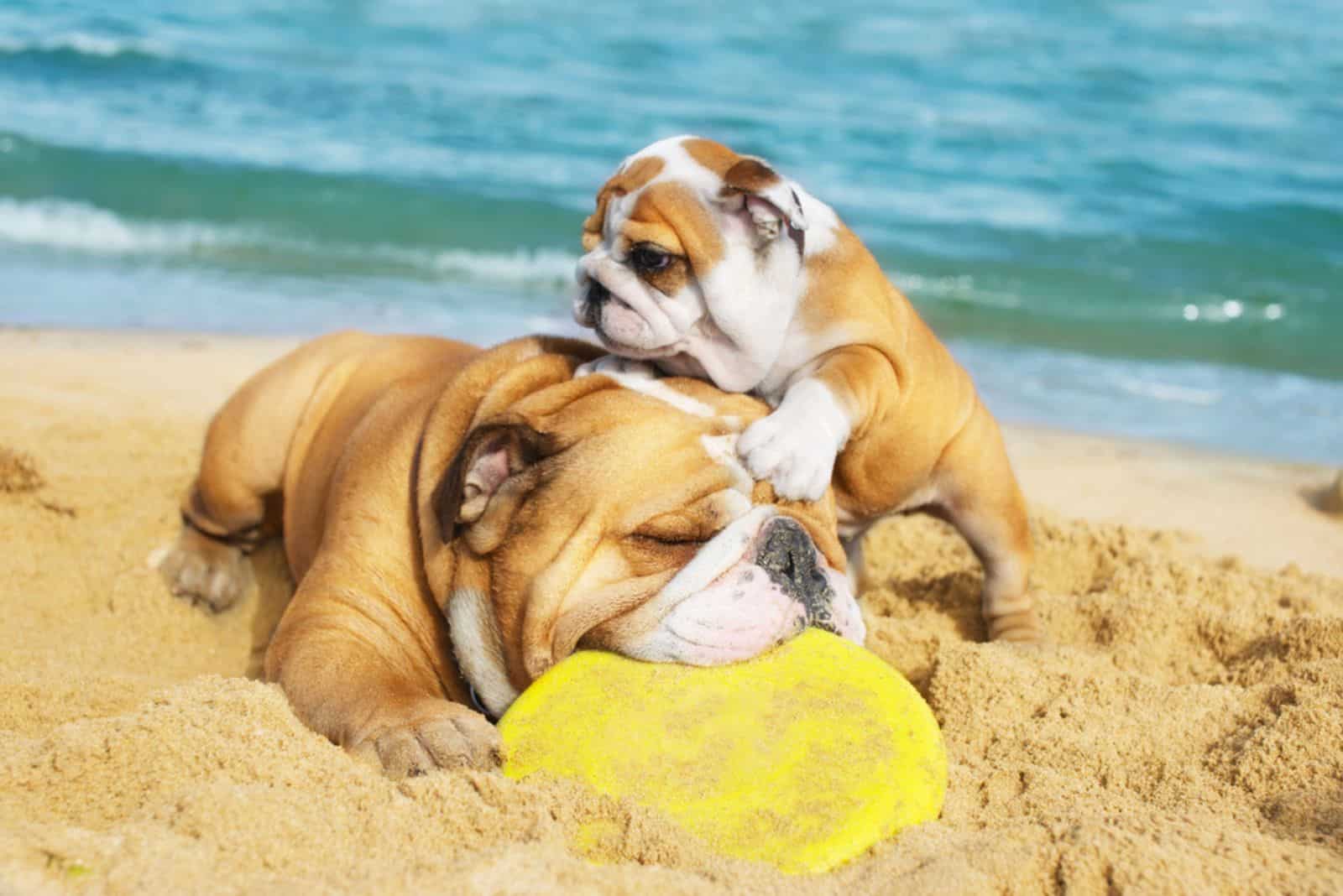

You might think only the fluffiest dogs struggle with heat, but the English Bulldog will prove you wrong. These dogs may not have thick coats, but they are brachycephalic, meaning they have flat faces that make breathing difficult. This condition, along with their susceptibility to allergies and brachycephalic obstructive airway syndrome (BOAS), makes summer a tough season for them. Keeping them cool and comfortable away from direct sunlight is crucial.
His Smaller Buddy, The Pug, Too
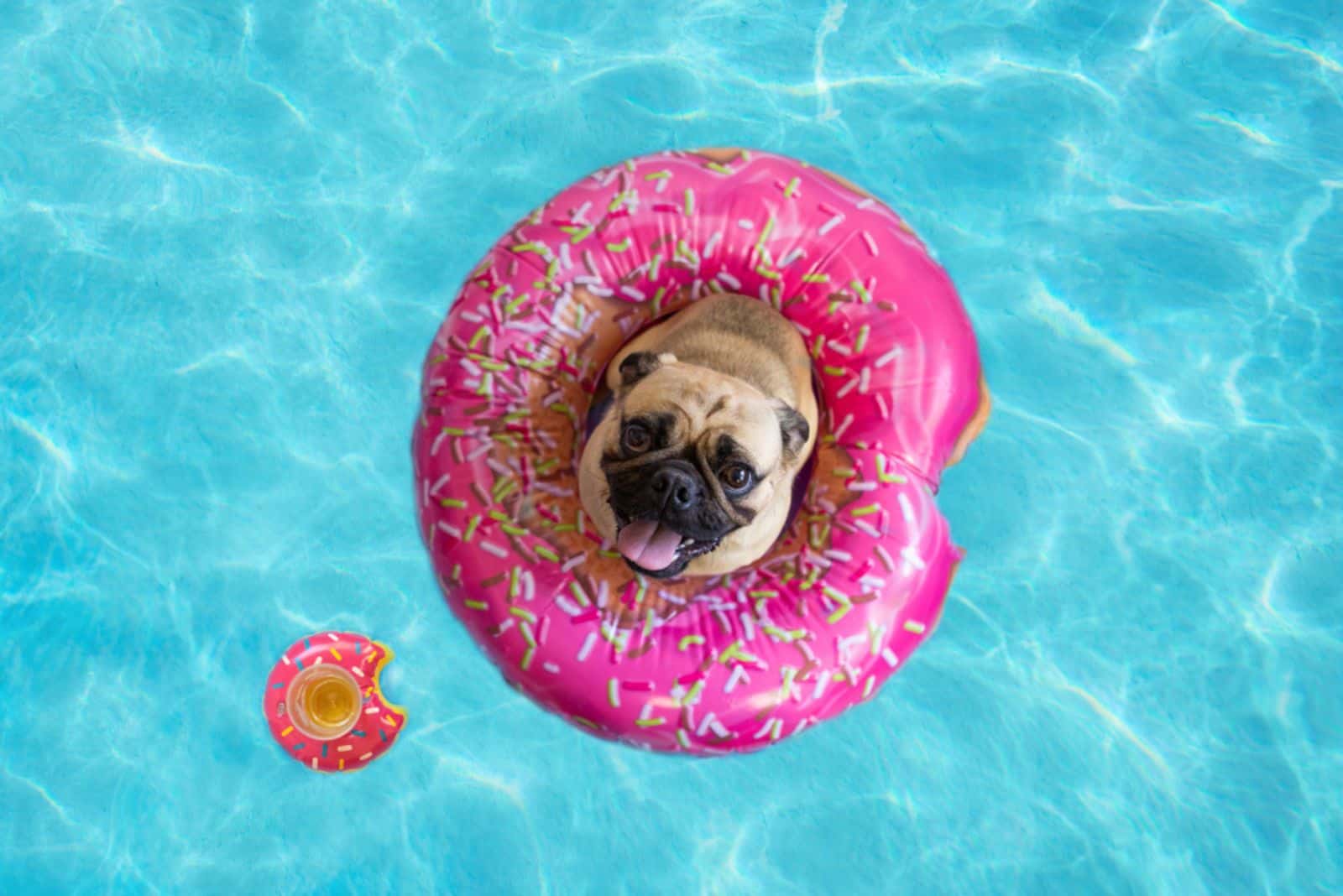

Pugs, like their bigger cousins the English Bulldogs, also despise high temperatures. These small, brachycephalic dogs face the same breathing difficulties and, combined with a propensity for obesity, find the summer months particularly challenging. Keeping them cool and avoiding overheating is essential for their health.
Smol Floof, The Pomeranian
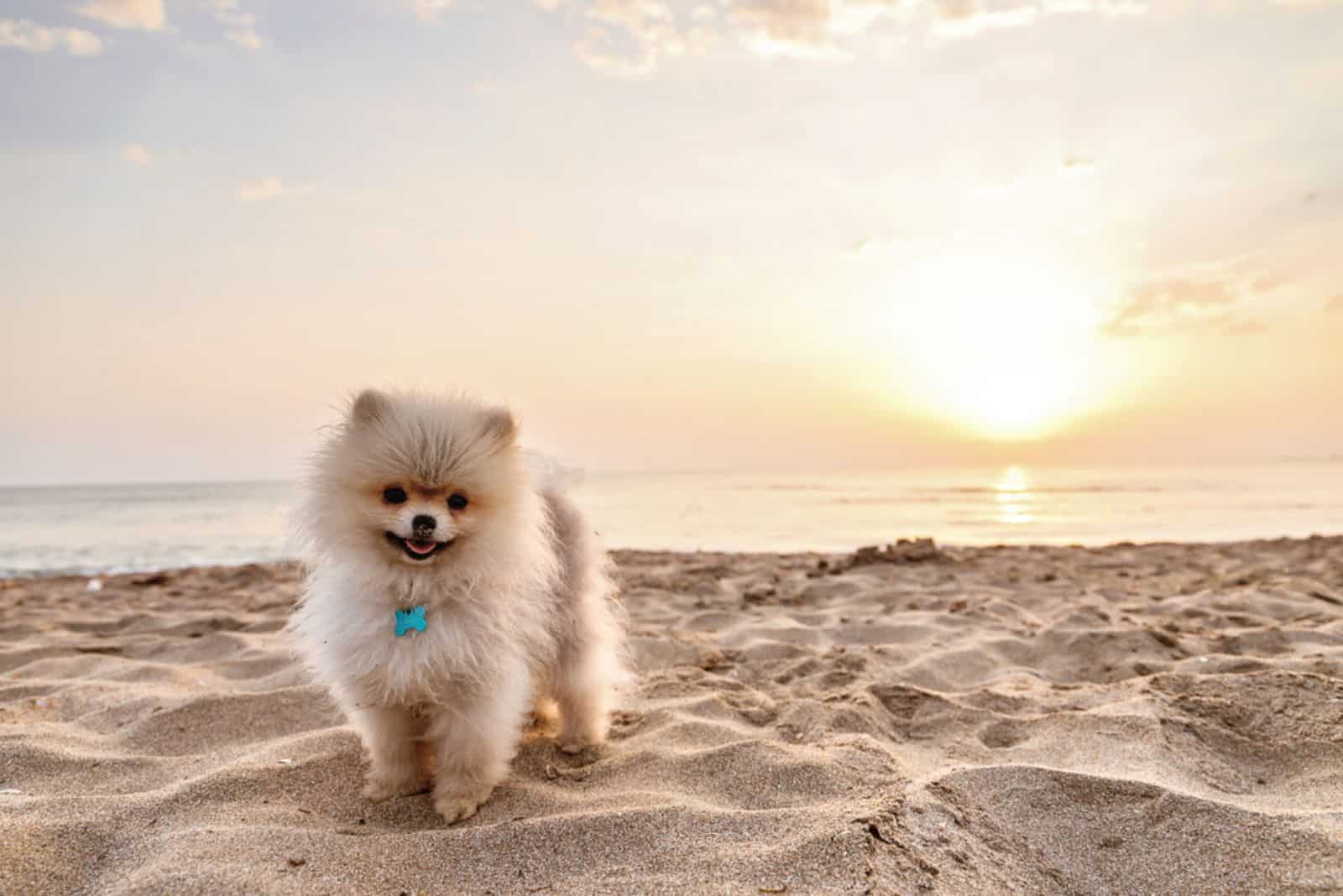

Despite their small size, Pomeranians face big challenges with the heat due to their thick, double coats. Above 100°F, these tiny dogs can struggle significantly. Shaving them might seem like a good idea to help them cool down, but it can damage their coat and cause more problems in the long run.
Yakutian Laika
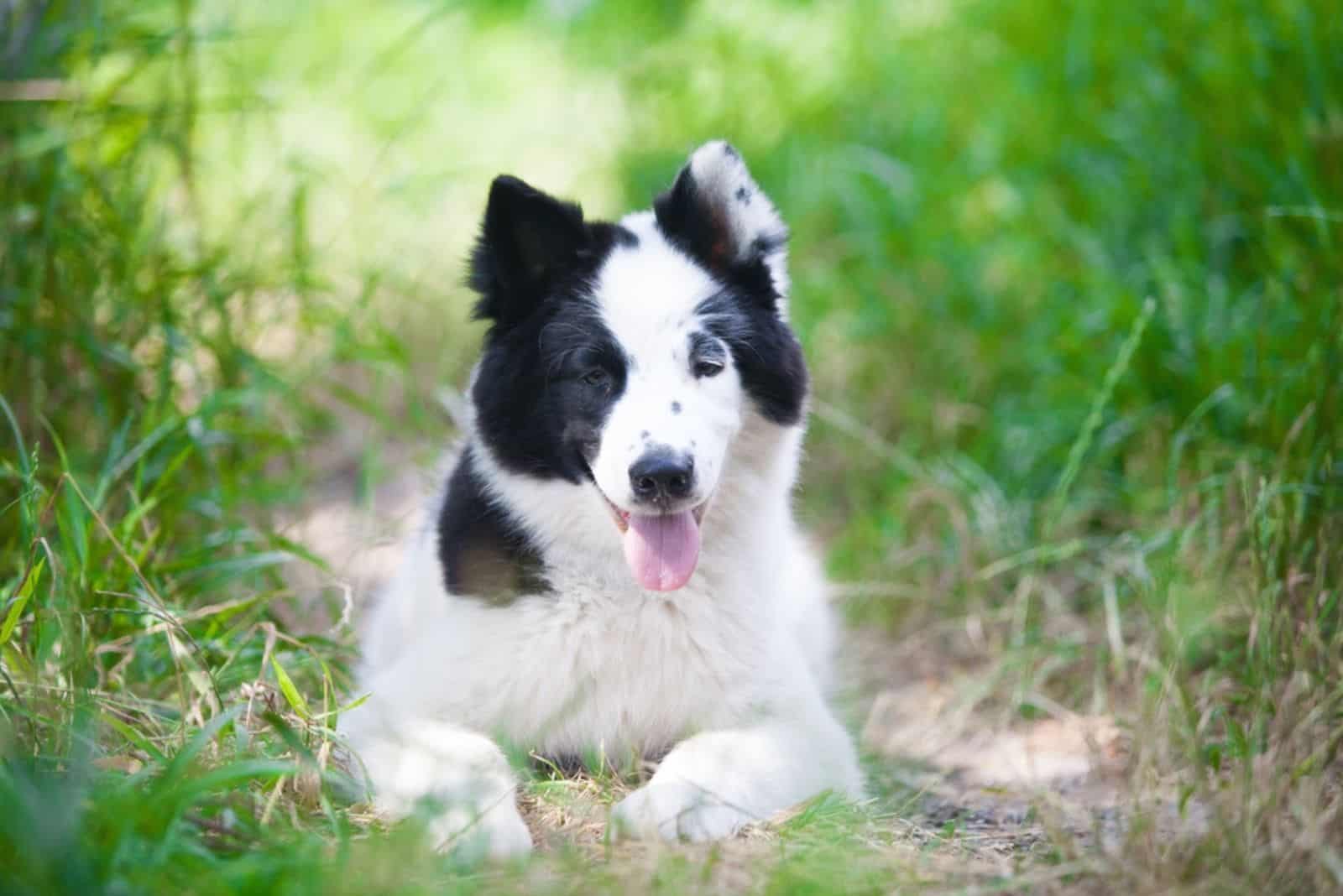

Lastly, there’s the Yakutian Laika, a breed you might not be familiar with but one that certainly deserves a mention. Like the Husky and the Samoyed, the Yakutian Laika is from Siberia and is well-suited to cold climates. If you live in a hot state, reconsider adopting one of these beautiful dogs.
If you own or are considering adopting one of these breeds, remember they require special care to stay cool and comfortable during the hot months. Consider their needs carefully before bringing them into a warm climate, and always ensure they have a cool, shady place to relax and plenty of water to stay hydrated.






